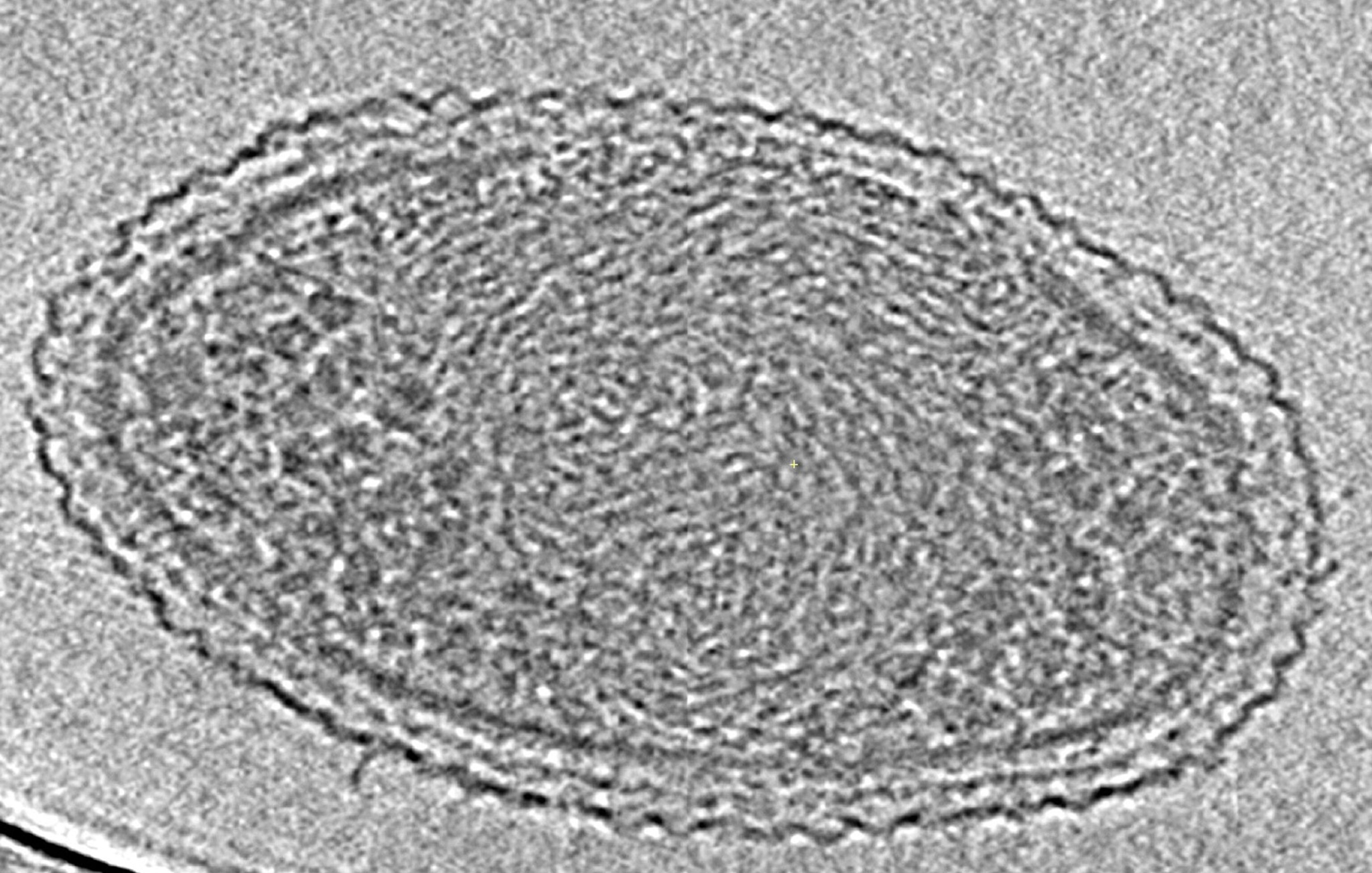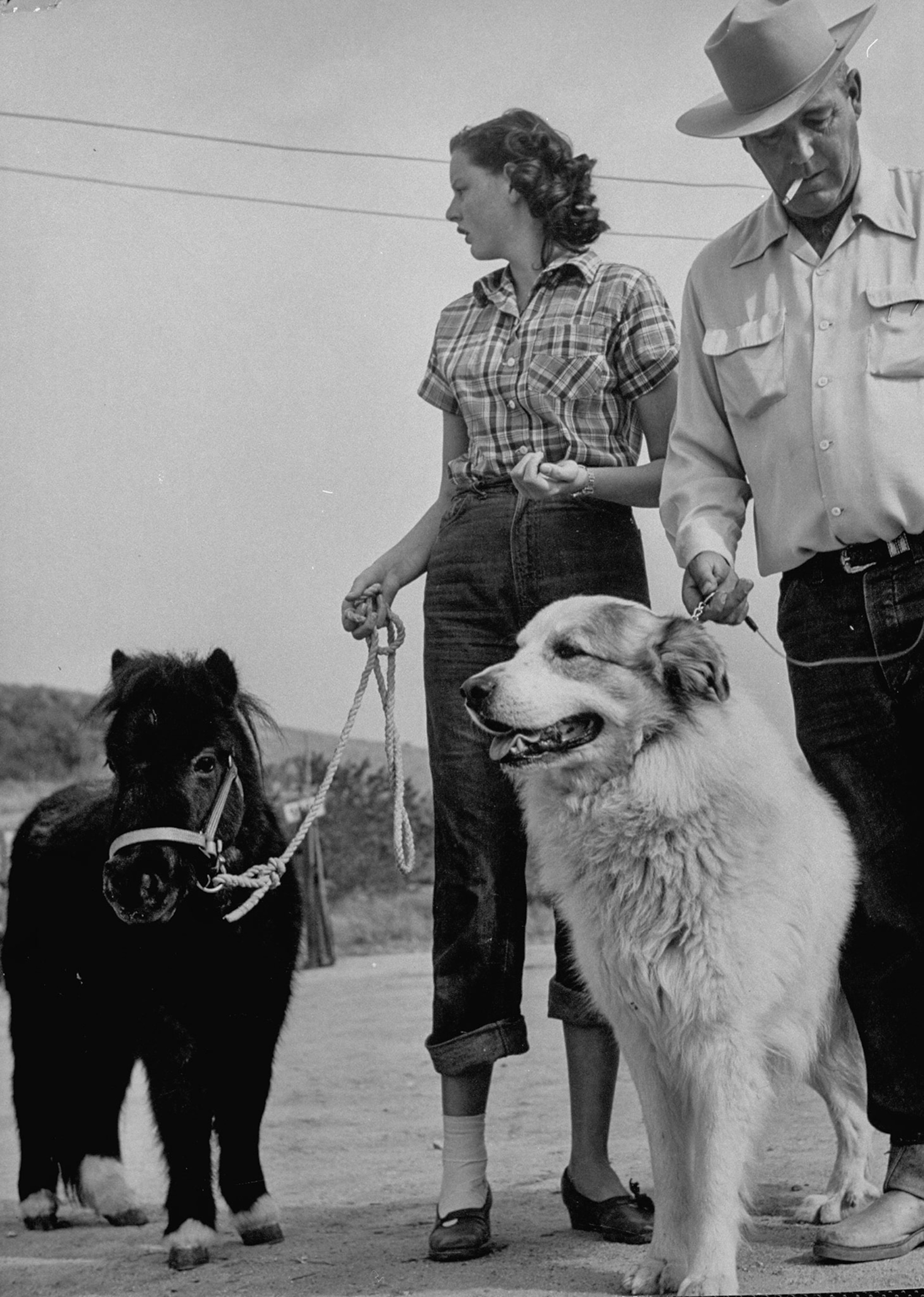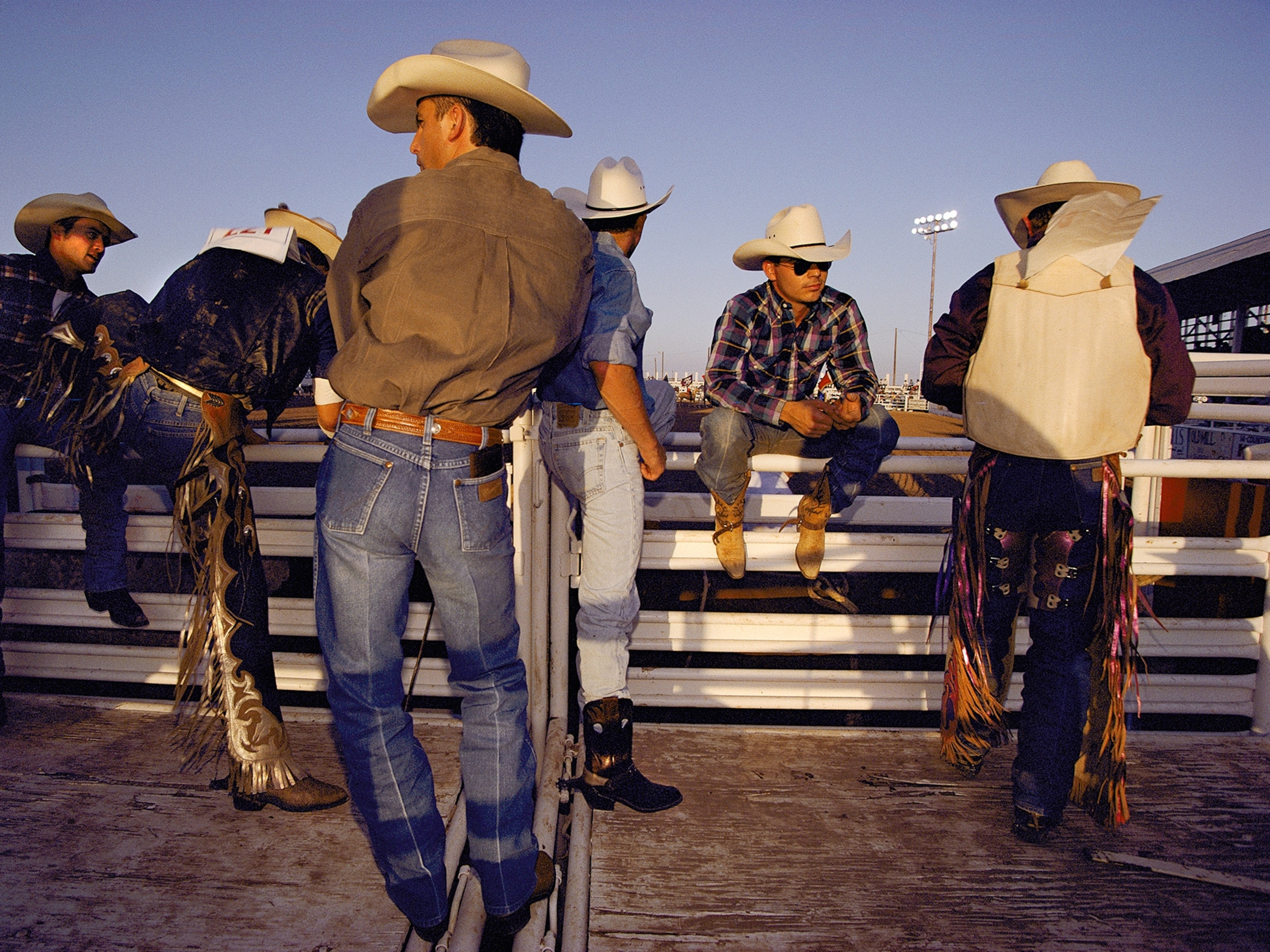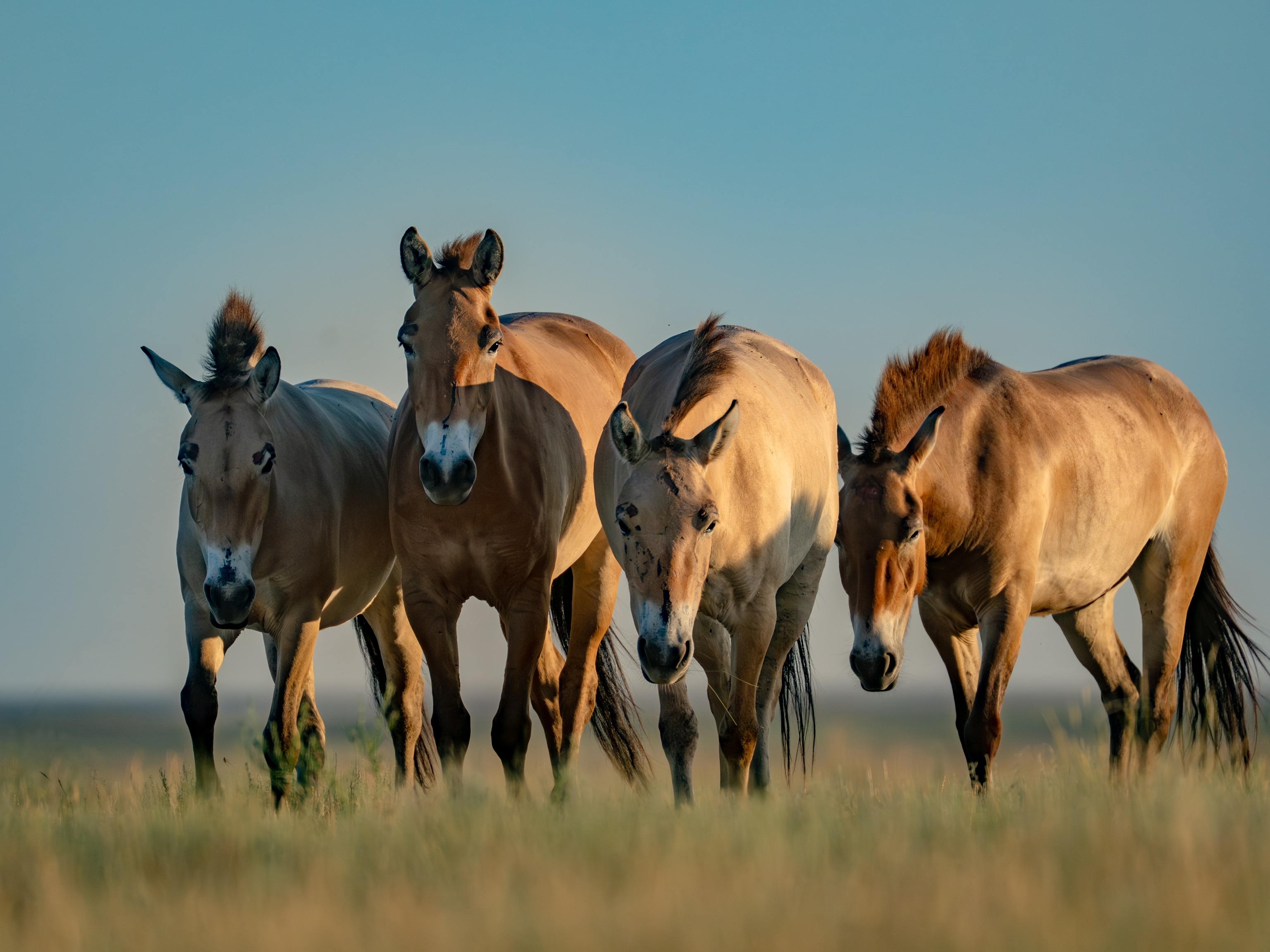
Small Wonder: What Are the World's Tiniest Animals?
A bat lighter than a coin and a monkey that fits in the palm of your hand are among the littlest of their kind.
Talk about a small wonder: Scientists recently took the first photographs of what could be the world's smallest life-form.
The bacterium—which doesn't yet have a name—is so tiny, more than 150,000 of them could fit on the tip of a human hair, according to the U.S. Department of Energy’s Lawrence Berkeley National Laboratory. (See "Pictures: Nano 'Flowers' Created in Lab.")

This Lilliputian landmark inspired me to take the author's prerogative for Weird Animal Question of the Week and ask: "What are some of the smallest animals in their species?"
Read on for facts about animals that come in travel size.
Bumblebee Bat
The bumblebee bat "is the smallest bat in the world, maybe even the smallest mammal, weighing less than two grams—less than the weight of a dime," Rob Meis, director of the Organization for Bat Conservation, says via email.
Also called Kitti's hognose bats, the animals roost in limestone caves in their native Thailand. (Also see "World's Smallest Frog Found—Fly-Size Beast Is Tiniest Vertebrate.")
Tourists who disturb roosting bats have led to their decline: The species is listed as vulnerable to extinction by the International Union for Conservation of Nature.
Overall, Meis notes, "human disturbance is the biggest threat to bats."
Western Pygmy Blue Butterfly
With a wingspan of 0.5 inch (1.3 centimeters), the Western pygmy blue is the smallest known butterfly in the world, Katy Prudic, a biologist at Oregon State University in Corvallis, says via email.
The insects range from central California through the western U.S. and down into Venezuela.
Prudic says she's found the butterflies near their host plants, which include members of the goosefoot family, such as pigweed and salt brush.
"They'll alight on a stem for a brief moment with their copper coloring sparkling in the sun."
Miniature Horses
Ready for My Really Little Pony?

An American miniature horse can't be more than 34 inches (86 centimeters) tall at the withers, according to the International Museum of the Horse. Initially bred for European nobility in the 17th century, miniature horses are actually tiny versions of full-size horses. There's no specific breed of mini-horse.
Fast-forward to today, and some mini-horses occupy a truly noble niche as guide and therapy animals for people, says Sue McDonnell, an expert in horse behavior at the University of Pennsylvania School of Veterinary Medicine.
They're known for their docile nature, which makes them excellent for working with people in need, including the blind. Guide horses, McDonnell adds, can be even calmer than dogs after training.
Mouse Lemurs
You could hold a mouse lemur in the palm of your hand. Don't. (Unless you're a professional.)
"They're fast, fierce, and feisty," says Chris Smith, education specialist at the Duke Lemur Center in Durham, North Carolina, which is home to 55 mouse lemurs.
Smith cites the tiniest of the 17 mouse lemur species as Madame Berthe's mouse lemur. Weighing about an ounce (30 grams), it's considered to be the world's smallest primate.
Mouse lemurs are diverse enough to live in the same environment—usually scrubby brush—without directly competing with one another.
"Being tiny means they're going to be able to navigate brambles and thickets much easier," Smith says.
Dwarf Lantern Shark
It's hard to imagine a shark that's just a bit bigger than your phone.
At about 7 inches (17 centimeters) long, the bioluminescent dwarf lantern shark is the smallest shark on Earth.
The fish lives in very deep water—about 928 to 1,440 feet (283 to 439 meters)—off the coast of Colombia and Venezuela, says George Burgess, an ichthyologist at the Florida Museum of Natural History who first described the animal in 1985.
Fewer food resources at such depths mean fewer predators, and thus less need for a bony skeleton. (Watch: Video of Rare Deep-Sea Shark Blows Researcher's Mind.")
"You don't need a lot of support to hold yourself together, because that pressure is keeping you together. I think of it as fishes with Spanx."
Got a question about the weird and wild animal world? Tweet me, or leave me a note or photo in the comments below. You can also follow me on Facebook.





